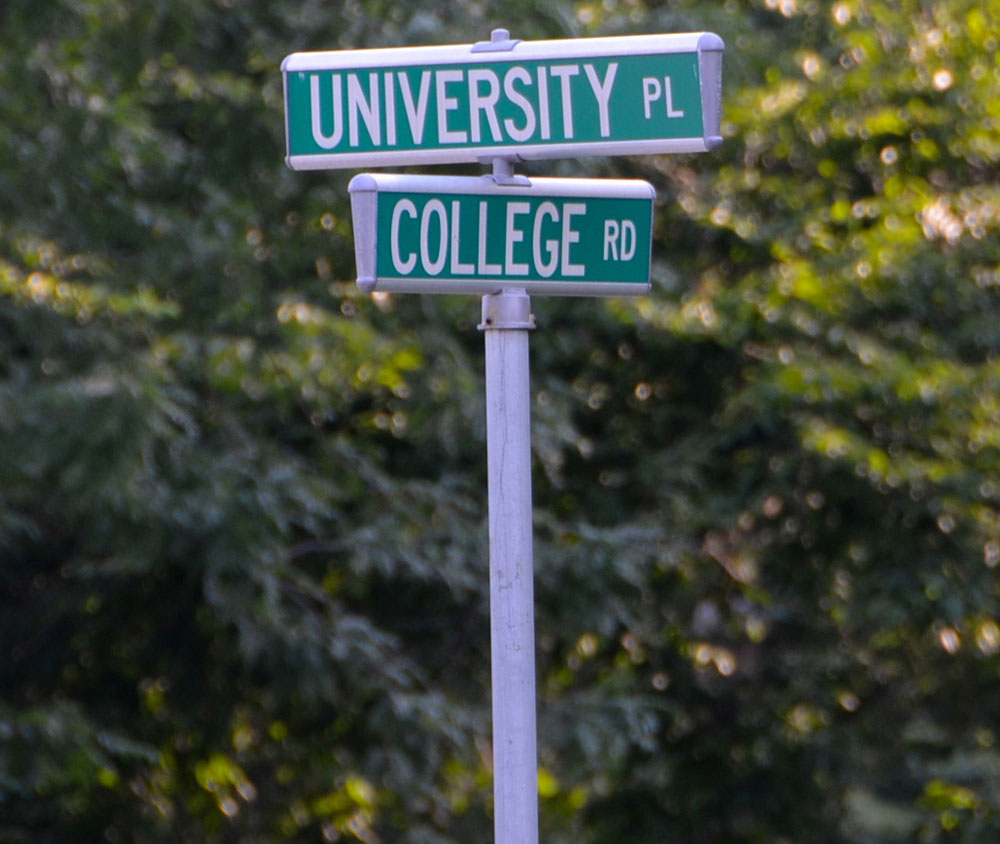
March 17, 2020, The Hill
Rep. Ayanna Pressley and Sen. Elizabeth Warren, both (D-MA), tweeted about the need to include the cancellation of student loans in any financial relief proposals.
Student loan cancellation has to be part of the next emergency funding package.@SenWarren & I are calling on Senate & House leadership to prioritize this.
— Ayanna Pressley (@AyannaPressley) March 17, 2020
Student loan debt cancellation MUST be a part of the next emergency coronavirus package to deliver relief immediately to millions of families and remove a giant weight that’s dragging down our economy. Senate and House progressives are in this fight all the way.
— Elizabeth Warren (@SenWarren) March 17, 2020
It sounds like a great idea, and while the millions who are burdened with student debt would surely appreciate it, it would mean even more to those who have lost jobs due to the COVID-19 virus pandemic.
Sign up for our free newsletters
Subscribe to NPQ's newsletters to have our top stories delivered directly to your inbox.
By signing up, you agree to our privacy policy and terms of use, and to receive messages from NPQ and our partners.
There are mechanisms in place to provide some relief for student debt holders who have lost jobs or have reduced income. Student loan payments can be paused (deferment or forbearance) due to emergencies without damaging one’s credit rating. A deferment is the better of the two, since interest on an unsubsidized loan will not accrue during the time the loan is paused. With forbearance, interest continues to accrue no matter what type of loan it is. The interest on unsubsidized loans continues to grow during either forbearance or deferment, and Public Service Loan Forgiveness is disrupted by both forbearance and deferment.
New York’s attorney general, Letitia James, has suspended collecting state student and medical debt for at least 30 days. “In this time of crisis, I won’t add undue stress or saddle NYers with unnecessary financial burden, this is the time to support residents,” she tweeted. Over 165,000 are covered by the suspension.
The proposal forwarded by Senate Democrats on Thursday falls far short of canceling student debt, but it would reduce debt levels. Senate Minority Leader Chuck Schumer (D-NY) introduced a plan, backed also by Senator Patty Murray (D-WA) and Warren, which would suspend required payments during the public health emergency for federally held student loans for all borrowers—in effect, “pausing” payments from individuals during the COVID-19 crisis.
Furthermore, the proposal would require that within 90 days after the conclusion of the national emergency, the US Department of Education provide additional payments to the balance due to ensure that each federal student loan borrower receives a minimum of $10,000 in student loan relief. All payments would be tax free to the borrowers.
This plan would be neither a deferment nor a forbearance. “During the period of suspending payments, borrowers will receive credit toward forgiveness and loan rehabilitation for payments made by the Department on their behalf.”
Importantly, this purported plan would not disrupt eligibility for those who remain in the Public Service Loan Forgiveness program. It would delay interest capitalization on the loans, waive interest on federally funded student loans, and discontinue garnishment of Social Security benefits, wages and tax refunds to pay student loans.
“The coronavirus outbreak brought with it crushing economic uncertainty, and students and borrowers need targeted, quick relief from payment burdens,” Schumer said in a statement.
As the Wall Street Journal notes, according to New York Federal Reserve data, one in five Americans with a student loan in the repayment cycle is at least three months behind on a payment. And, as this article is being written, the federal government is wrangling over what should be included in what is presently estimated to be a $1.8 trillion economic stimulus bill. Certainly, reducing the nation’s debt overhang as one element of a broader package would help.—Marian Conway













